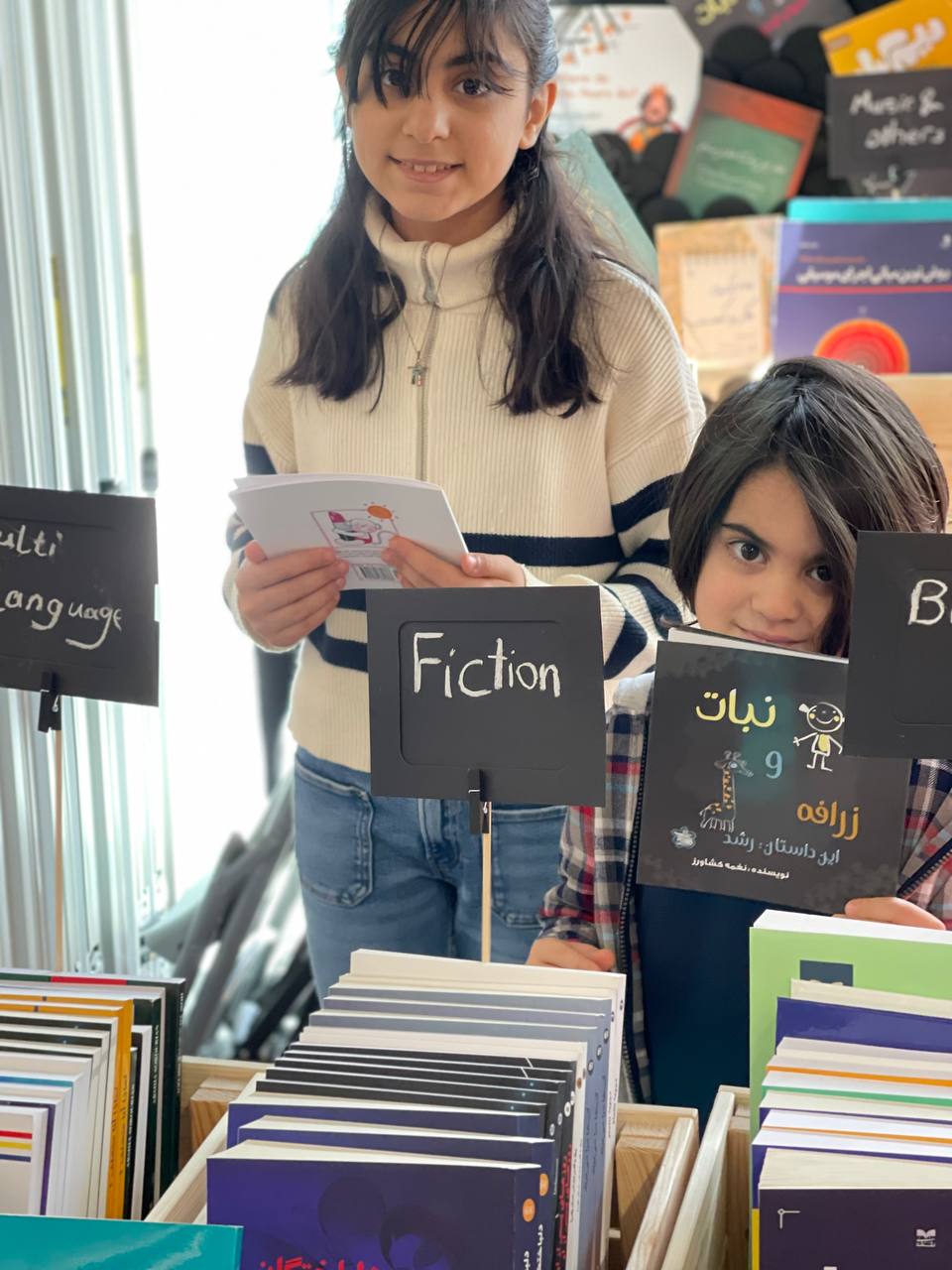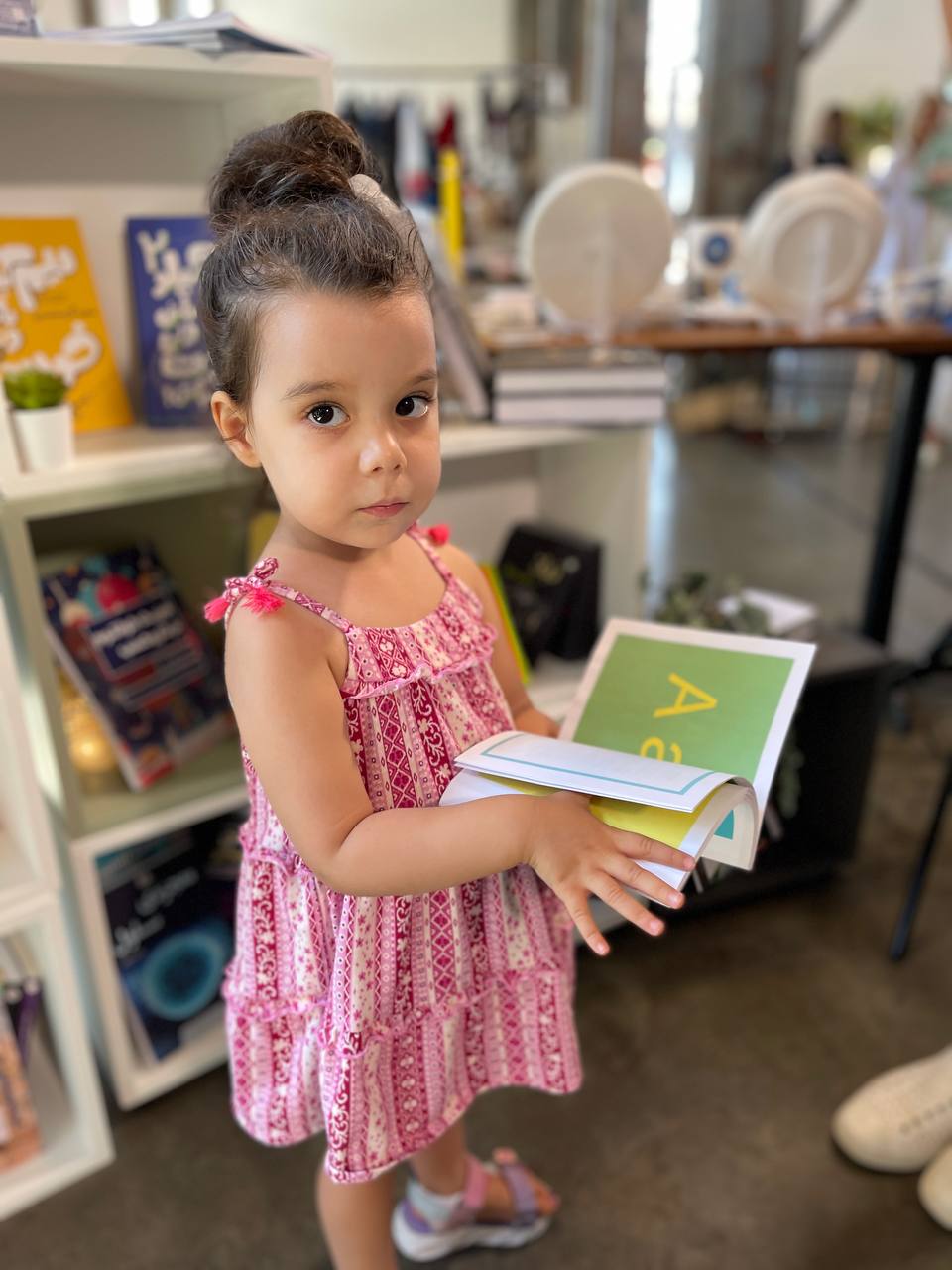The importance of developing reading skills in children for their success in school, work, and life in general is undeniable. By reading to children from their early years, you significantly contribute to their success. For more information about the top benefits of reading for children and how reading can support them in the future, read this article.
Reading a favorite book to your children not only helps you bond with them but also gives them a sense of intimacy and well-being. This feeling of closeness helps your child feel connected to you, and the sense of love and attention promotes positive growth and development.
Turning reading into an enjoyable habit is one of the most important things you can do for the child or children in your life, preparing them for a lifetime of reading. Here are a few tips.
Find a comfortable reading space with your child:
The love of reading is built around our cultural connection to books and hearing stories. Being in a cozy environment while reading helps create these affectionate connections. It’s also good to always have a book with you wherever you go. Reading in a busy space like the subway can be calming and distracting.
Create interest in the story by discussing the book cover with your child. Before opening the book, read the title. If your children have started reading, ask them to help you read the book title. Point out the characters. Count the objects, look for colors, and ask the children what they think the title means. Look at the cover illustration. What is happening in the picture? Do you think this picture tells you something about the story?

These days, one of the most important parts of a children's book is its illustrations. Almost none of the children's books are published without illustrations. Illustrations play a crucial role in making the child interested in the book. So, in addition to paying attention to the subject, content, and literature of the book, consider its illustrations as well.
Nothing is more powerful than listening to a child, reading to them, connecting with them, and adapting to their individual needs.
First, you pick up the book, sit on a chair, start reading, and eventually see how your child eagerly watches you read and listens to your voice.
Read ahead:
Rhythm is the magic of storytelling, so reading a little ahead can make a big difference. Before you start, flip through the pages to know what happens in the story and to check if it’s appropriate for your audience.
Use different voices for characters, pauses, tunes, or other dramatic effects to make the story engaging and realistic for the child. This style of reading helps your child better understand the story. It also provides a good model of fluent reading for children who have just started reading.
Make reading aloud a part of your daily routine:
This method is valuable for our children who crave structure for comfort and early learning. Bedtime is a good time for reading. Moreover, if your children see you reading, you are modeling excellent reading behavior that lays the foundation for future readers.
Reading aloud to young children (even if they don’t fully understand your words) gives them the skills they need for independent reading. It shows children that reading goes from left to right and that turning pages is essential. Reading to children, even in their first months of life, can strengthen language skills and stimulate the part of the brain that processes language.
Hearing a story read aloud increases your child’s comprehension. Comprehension depends on attention, which, in other words, requires listening skills in children.
Ask and answer questions together:
If you come across a word or concept your child doesn’t know, ask them what they think it means. And if they don’t know, it’s okay to tell them! Explore the unknowns together. These moments are perfect opportunities to discuss the book and how it relates to the world around us, expanding your child's sense of curiosity.
You don’t have to read every word on the page. You can adapt the story so your children understand what’s happening. You may have a great book with beautiful illustrations and a fantastic story, but the text is too difficult for your children. It’s okay to change some words, skip some text, and adapt the story to the level of the children you’re reading to. Use the illustrations to help tell the story at a level that makes sense for your situation.
Change your voice for each character. When reading a book aloud, try to become all those characters. Change your voice for the characters. You can whisper for a shy mouse, speak angrily, talk in a loud, silly voice, or in a quiet voice. Even when there’s only one character, enjoy changing your voice. This makes the story more fun and helps children understand which characters are speaking.
As a bonus, you help children learn new words like shy, angry, happy, and sad, as they match your tone of voice with the book’s words and the illustrations on the pages.
You don’t have to finish a book:
Don’t make reading a tedious task! Sometimes the best thing to do is stop. If your audience is running around or uninterested, come back to it later or set it aside completely! You can even return to it much later. Revisiting stories at an older age can provide a completely new and wonderful experience.

After Reading
Give children time to think about and reflect on the reading. Ask them to describe their favorite part and why it was their favorite.
Review the story components, such as the setting, the main character’s problem, and how the problem was resolved.
Ask questions to encourage children to think about why events might have happened the way they did. Why did people in the story behave a certain way? What similar or different actions might the children take and why?
Help children make connections between the events in the story and their own lives. For example, how did you feel? What did you do?
Ask children to read the story to you. This fosters empathy in children. They feel with the characters in the book, laugh, cry, and more. This practice increases a child's sense of empathy. Additionally, beyond the connection your child has with you during reading, they develop useful communication skills by considering the interactions between the book’s characters.
It’s important to remember that there are various ways to create a happy and warm connection with your children, but reading a book with changes in tone and voice creates a warm atmosphere at home.